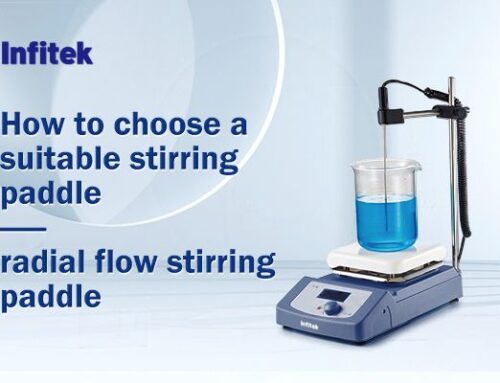Choosing the right hotplate stirrer for your laboratory needs involves considering several key factors. Here’s a guide to help you make an informed decision:
Capacity and Size:
Consider the volume of your samples. Choose a hotplate stirrer with a sufficient surface area and stirring capacity to accommodate your experiments.
Stirring Speed and Power:
Evaluate the range of stirring speeds the hotplate stirrer offers. Ensure it covers the speeds required for your specific applications.
Consider the power of the stirring mechanism to ensure efficient mixing, especially for high-viscosity solutions.
Temperature Range and Control:
Check the temperature range the hotplate stirrer can achieve. Ensure it covers the temperatures required for your experiments.
Look for precise temperature control features, including digital displays and feedback mechanisms for accurate temperature adjustments.
Safety Features:
Prioritize safety features such as over-temperature protection, over-current protection, and other safety interlocks.
Some models come with warning alarms or automatic shut-off features in case of anomalies.
Material and Construction:
Consider the materials used in the construction of the hotplate stirrer, especially the surface that comes into contact with your samples. Chemically resistant materials are important for durability and sample integrity.
User Interface:
Look for a hotplate stirrer with an intuitive and user-friendly interface. Digital displays and touch controls can enhance ease of use.
Heating Element:
Evaluate the type of heating element used. Ceramic and aluminum are common choices. Ceramic offers better chemical resistance, while aluminum provides faster heating.
External Probe Support:
Some applications may require external temperature monitoring. Check if the hotplate stirrer supports external temperature probes.
Additional Features:
Consider additional features such as timer functions, memory settings, and compatibility with accessories like temperature sensors or external controllers.
Brand and Reliability:
Choose a hotplate stirrer from a reputable brand known for reliability and quality. Read reviews or seek recommendations from colleagues to ensure satisfaction with the product.
Budget Considerations:
Establish a budget based on your laboratory’s financial constraints. Compare features across different models to find the best balance of functionality and cost.
By carefully assessing these factors in line with your specific laboratory requirements, you can select a hotplate stirrer that meets your needs and contributes to the success of your experiments.




Get Social